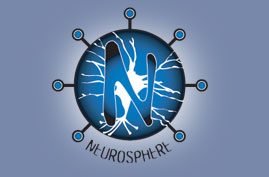Wireless Environmental Monitoring
The World Right Now
This reminds me, technology can mitigate its own impact.
“The global spread of wireless networks brings a great opportunity for their use in environmental studies. Weather, atmospheric conditions, and constituents cause propagation impairments on radio links. As such, while providing communication facilities, existing wireless communication systems can be used as a widely distributed, high-resolution atmospheric observation network, operating in real time with minimum supervision and without additional cost. Here we demonstrate how measurements of the received signal level, which are made in a cellular network, provide reliable measurements for surface rainfall. We compare the estimated rainfall intensity with radar and rain gauge measurements.”
http://www.sciencemag.org/cgi/content/abstract/312/5774/713?etoc
